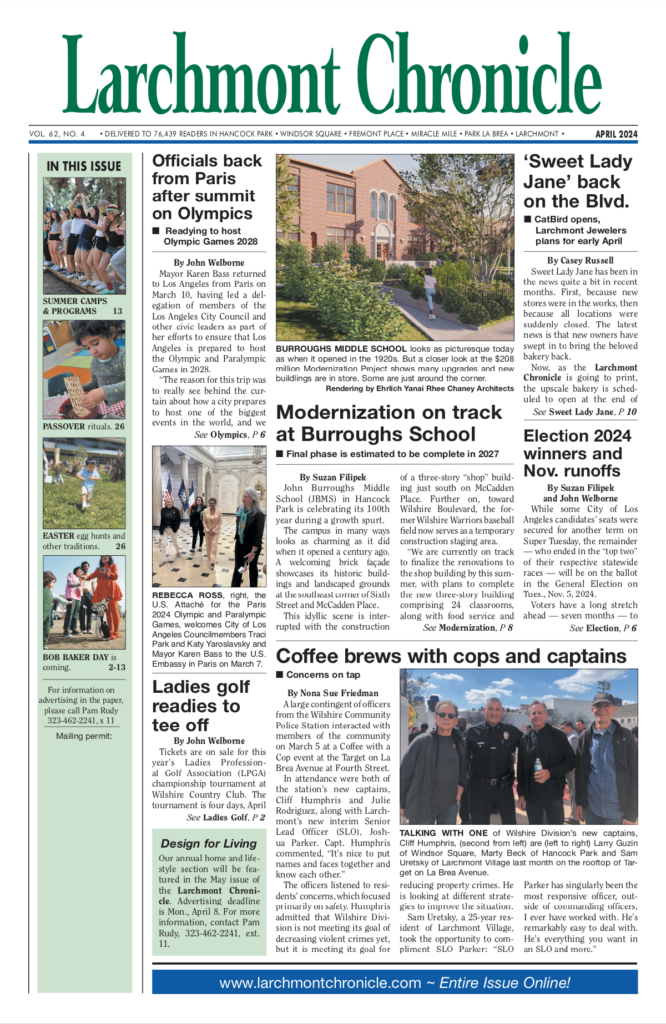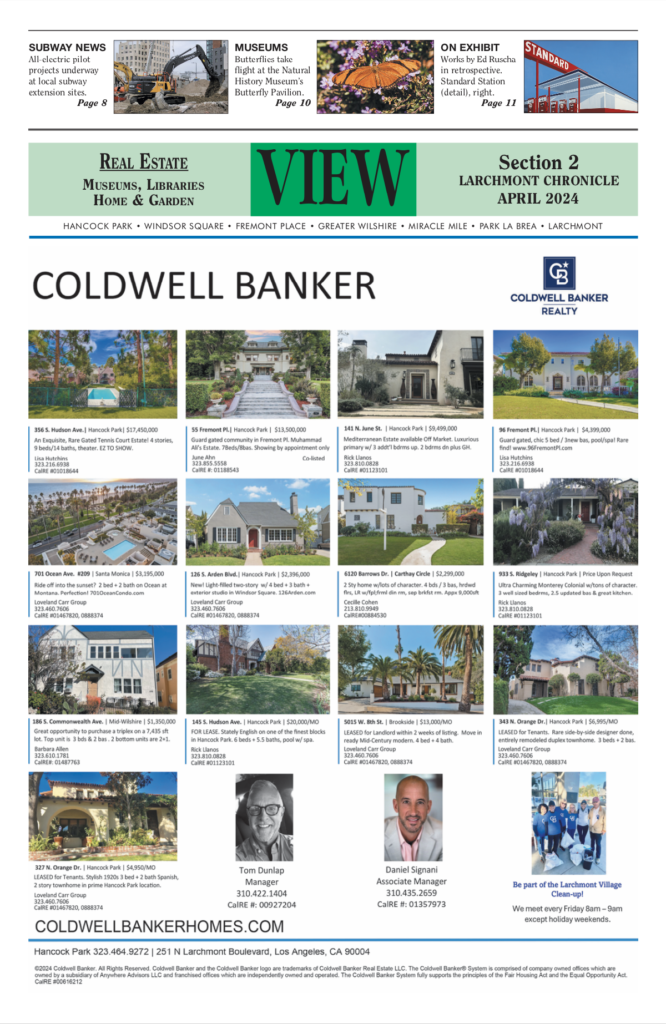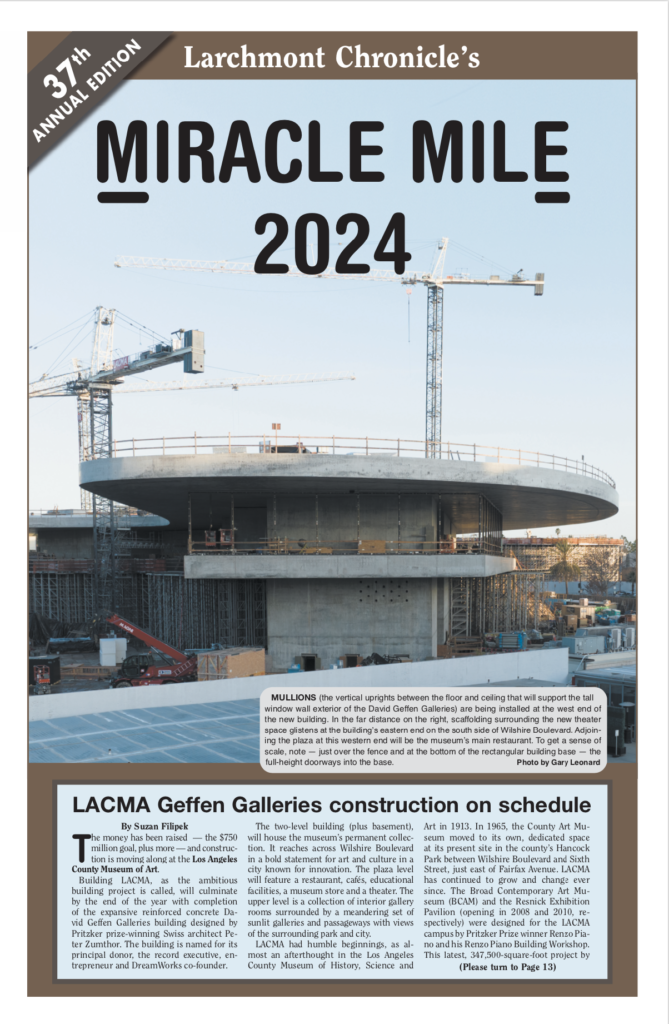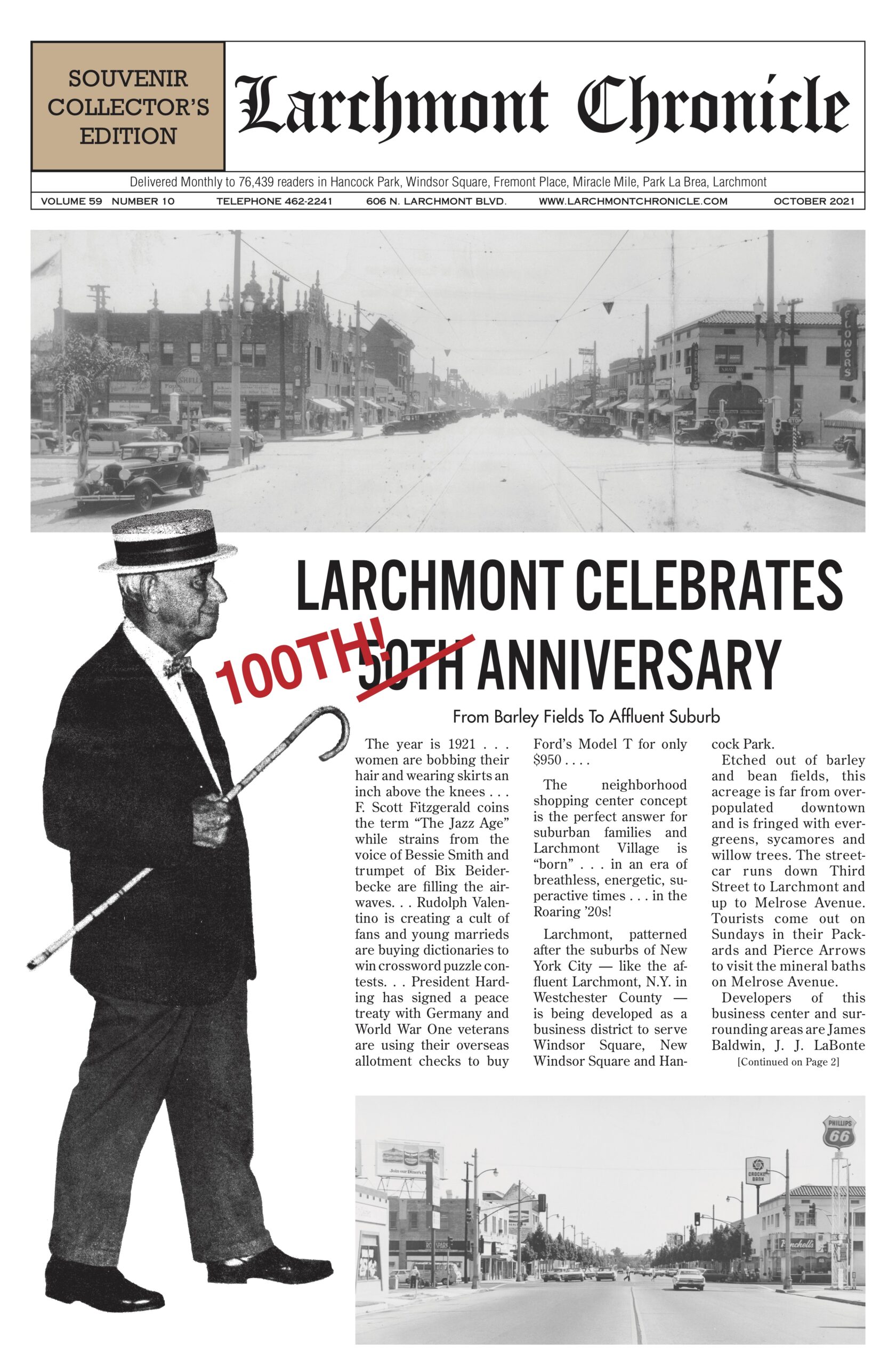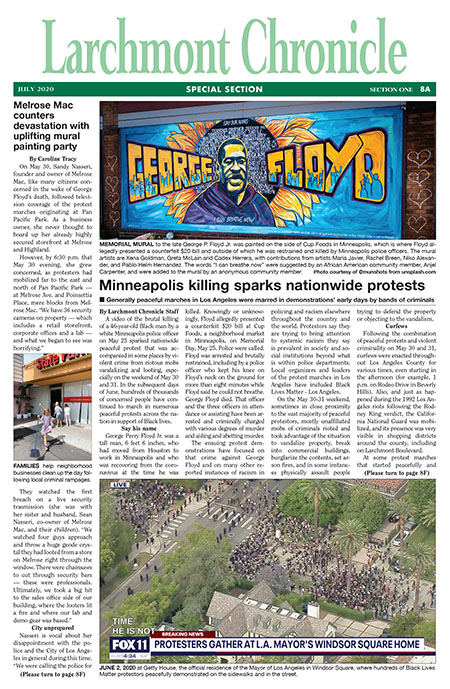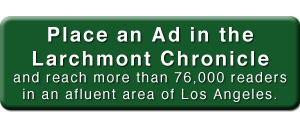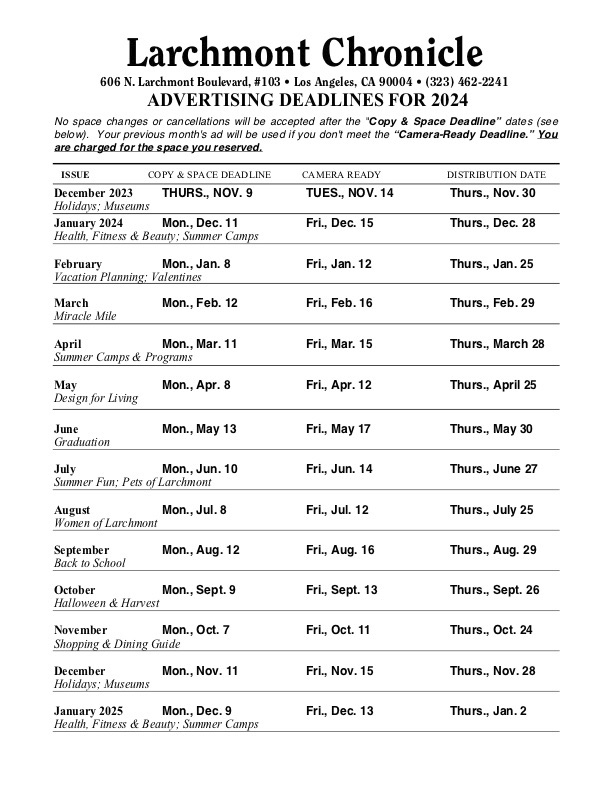Three teams compete to redesign La Brea Tar Pits, Hancock Park
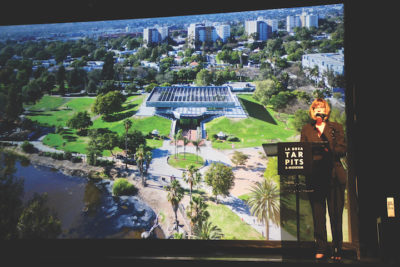
PRESIDENT AND DIRECTOR of the Natural History Museums of Los Angeles County, Dr. Lori Bettison-Varga, far right, introduces three presentations about Tar Pits master planning.
Officials at the Natural History Museums of Los Angeles County (NHM) are evaluating three design teams — one from Denmark and two from New York City — to advise NHM in coming years on creating and implementing a master plan to update the La Brea Tar Pits & Museum and the surrounding Hancock Park.
As part of the planning process, the selected teams studied the existing facilities in the mega-block that also contains, and will contain, the existing and proposed Los Angeles County Museum of Art (LACMA) and the nearly finished Academy Museum of Motion Pictures (in the old May Company building at Wilshire and Fairfax). The Metro Purple Line station just across Wilshire Boulevard is expected to open in 2023.
The Tar Pits project focuses on the Curson Avenue side of the mega-block, as well as all of the surrounding parkland, especially along Sixth Street. The NHM’s goal is to update and renovate the 40-year-old George C. Page Museum and the surrounding park.
A public presentation of the competitors’ work-to-date took place on August 26 at the El Rey Theater in the Miracle Mile. Interested neighbors joined public officials and a phalanx of press members in hearing NHM’s president and director, Dr. Lori Bettison-Varga, set the scene, describe the selection process, and introduce presenters from the three teams. The finalist firms that presented at the El Rey are:
Dorte Mandrup of Copenhagen. Its works include UNESCO World Heritage sites.
Diller Scofidio + Renfro of New York City. It is the designer of the Broad Museum on Grand Avenue, downtown.
Weiss/Manfredi, also of New York City. It is the designer of the Olympic Sculpture Park in Seattle.
Three different concepts were presented in three presentations, each with dozens of color images of structures and parklands. One image from each team, an overall view of the site from the same perspective, accompanies this article.
It is important to note that the NHM process is not to pick the winning set of drawings from the August 26 presentation, and then have its authors proceed with a project to build what is depicted. Rather, the NHM leaders will evaluate the teams and team members to decide which group will be the best for NHM and the community to work with over the years to create the actual design for the future of the facilities that will serve both modern scientists (whose predecessors have been excavating and examining the rich fossil deposits on the property since 1913) and the public — especially busloads of local schoolchildren — which, for decades, has been learning about these fascinating resources and their scientific study.
The selected firm will lead a multi-disciplinary design team that will include specialists in architecture, engineering, landscape design, lighting, way-finding, sustainability, and related design fields. NHM will select one of the three firms by the end of this year.
Category: News

